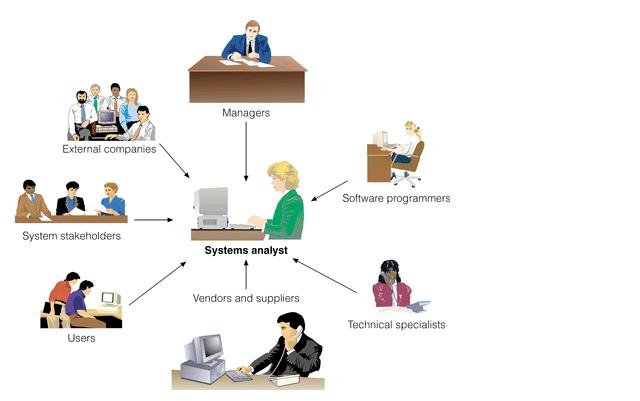Since cost plays quite an important role in deciding the new system, it must be identified and estimated properly. Costs vary by type and consist of various distinct elements. Benefits are also of different type and can be grouped on the basis of advantages they provide to the management. The benefits of a project include four types:
- Cost-savings benefits
- Cost-avoidance benefits
- Improved-service-level benefits
- Improved-information benefits
Cost-savings benefits lead to reduction in administrative and operational costs. A reduction in the size of the clerical staff used in the support of an administrative activity is an example of a cost-saving benefit.
Cost-avoidance benefits are those, which eliminate future administrating and operational costs.… Read the rest


